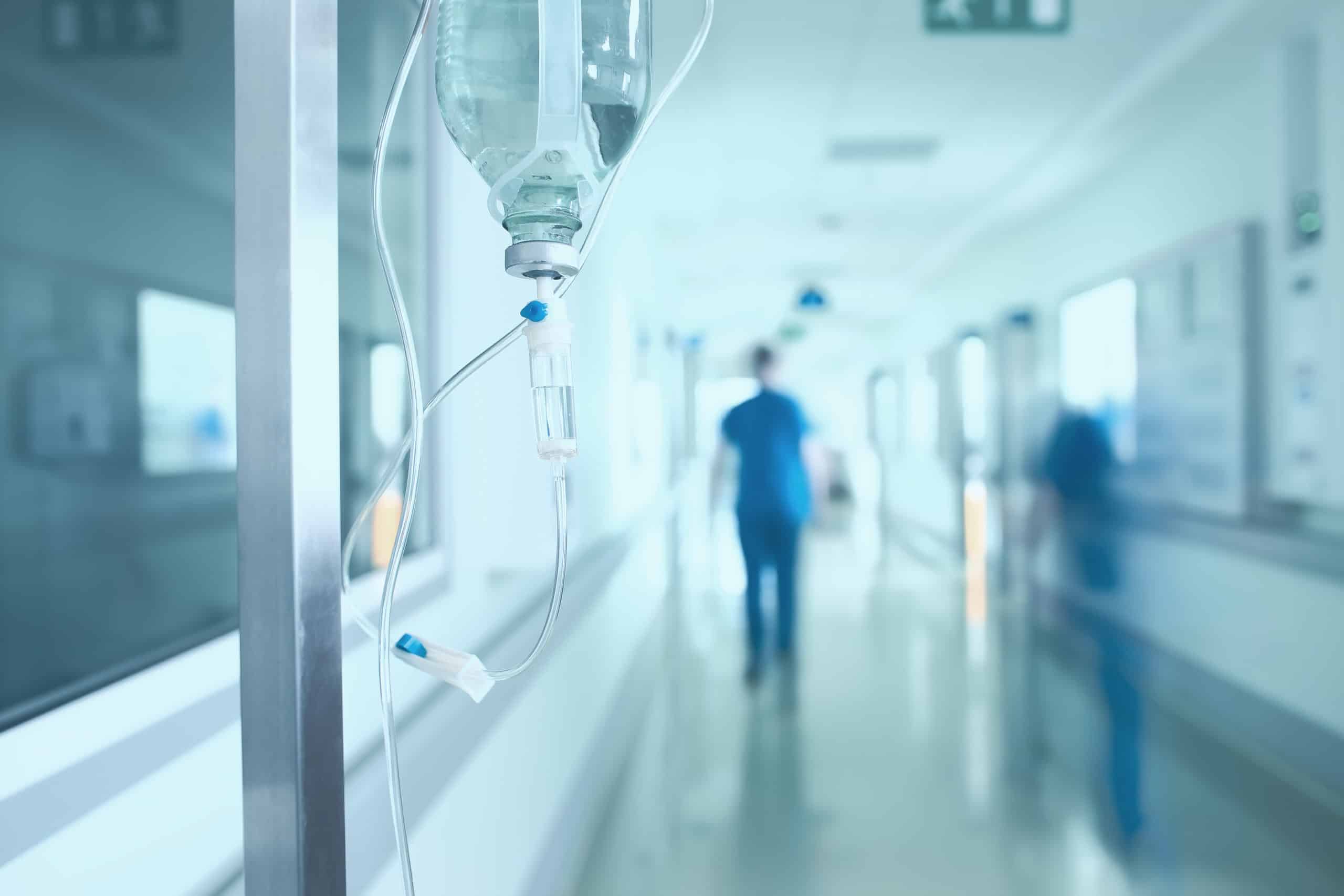Estimating hospital-acquired SARS-CoV-2 infections in England
Monday 23rd Oct 2023, 1.10pm

Researchers from the Centre for Tropical Medicine and Global Health, Mahidol-Oxford Tropical Medicine Research Unit, Big Data Institute, Pandemic Sciences Institute at Oxford’s Nuffield Department of Medicine, London School of Hygiene & Tropical Medicine, Lancaster University, Utrecht University, and the UK Health Security Agency collaborated on this study.
Hospital transmission of SARS-CoV-2 puts vulnerable people at risk, affects healthcare workers and potentially drives community transmission. However, attempts to quantify the extent of hospital transmissions and the driving factors have been lacking. Professor Ben Cooper, Professor of Epidemiology at the Centre for Tropical Medicine and Global Health and the corresponding author on the study, and his colleagues address these knowledge gaps by assessing data from 145 English NHS acute hospital trusts, including 356 hospitals with a combined bed capacity of approximately 100,000. Data included incidence of SARS-CoV-2 infection, staff absences owing to SARS-CoV-2 and classification of the likely source of infection.
Between 10 June 2020 and 17 February 2021, a total of 16,950 and 19,355 SARS-CoV-2 infections in hospital inpatients were classified as having either definite or probable healthcare-associated infections, respectively. The authors estimate that the definitions used to classify hospital-acquired infections may only capture around 26% of such infections (for example, many patients may be discharged before testing positive). Thus, they combine the reported infection numbers with estimates of the proportion of infections not captured by the classification system in use during the study period. These calculations result in estimates of hospital-acquired infections that range from 95,000 to 167,000 (which would mean that 1–2% of all hospital admissions resulted in such an infection) over the study period.
The authors note that a lack of genomic data means they cannot conclusively demonstrate transmission, but suggest that their findings are in accordance with observations made in local settings where genomic data have been available. Considerable variation in the rates of hospital-associated infections is observed, with the highest rates seen in the northwest regions and the lowest in the southwest and London regions. Factors associated with increased rates of transmission include low availability of single rooms and reduced heating of hospital buildings. Vaccination of healthcare workers was associated with lower infection rates. Considering these findings could inform measures to reduce hospital transmissions, which could protect vulnerable patients and healthcare workers as well as reduce community transmission, the authors conclude.
Professor Cooper said: ‘This study represents the first data-driven attempt to understand the drivers of SARS-CoV-2 transmission in hospitals at a national level and informed efforts to control the hospital spread of SARS-CoV-2 at the time. The findings also point to ways we might be able to reduce hospital-based transmission in future outbreaks of other pathogens’.
Dr Gwen Knight, Associate Professor at the London School of Hygiene & Tropical Medicine, said: ‘This work demonstrates the tremendous value of the high-quality national hospital surveillance data collected by NHS hospitals for informing real-time responses to limit hospital transmission, but also reveals gaps where more investment in pandemic preparedness could substantially improve our ability to respond to future outbreaks’.
The full paper, ‘The burden and dynamics of hospital-acquired SARS-CoV-2 in England‘, can be read in Nature.

